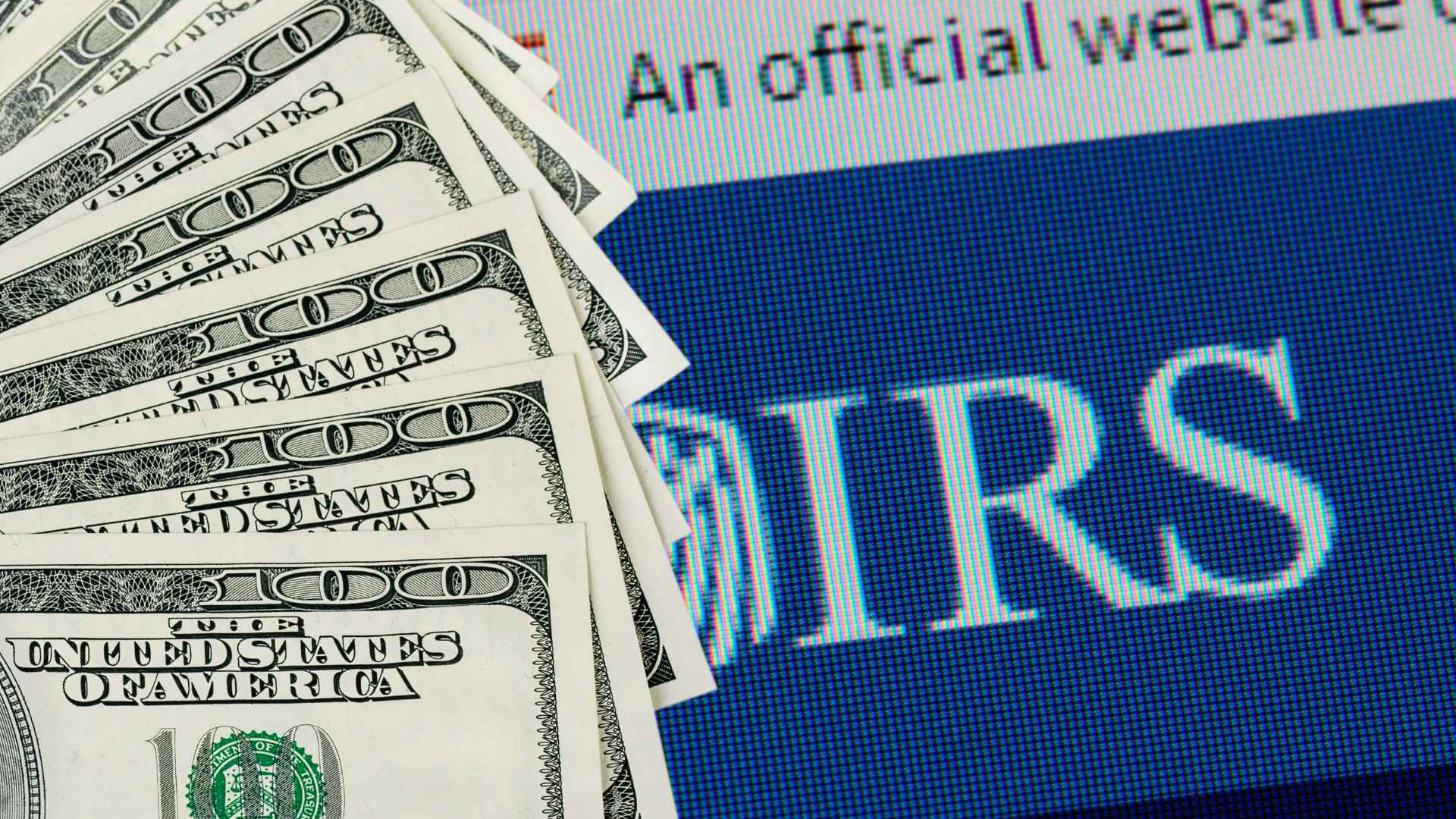Millions relied on the IRS pilot to submit simple returns at zero cost. With its sunset date now set, what cheaper—and legitimate—paths remain?
The Internal Revenue Service has confirmed that its Direct File pilot will disappear after the 2025 season, ending a brief but popular experiment in no‑fee e‑filing. Roughly 300,000 taxpayers used the web tool last spring, and Treasury data show more than 30 million were eligible. Starting with returns due April 2026, that shortcut vanishes, pushing everyday filers toward pricier software or paid preparers.
How the end of IRS Direct File could raise 2026 filing costs for average taxpayers
Why does a free option matter? Direct File handled basic wage income, credits, and deductions without upselling. Commercial software advertises “free” tiers but often locks out forms for students, gig workers, or parents, triggering upgrades that run $40–$120. Professional preparers can charge far more.
| filing method | typical cost | key limits |
|---|---|---|
| Direct File (ends 2025) | $0 | wage income only, 25 states |
| Free File alliance | $0 below income cap | caps vary; state fees possible |
| Commercial software basic | $40–$120 | price rises with added forms |
| In‑person preparer | $150–$300+ | fees climb with complexity |
Those dollars add up quickly for households already stretched by inflation. Will your wallet feel the pinch?
Alternative free filing options and eligibility requirements after Direct File’s termination in 2026
The IRS says one no‑cost path remains: the Free File Program, run with private companies. To qualify in 2026, your adjusted gross income must sit below provider‑specific limits (about $79,000 in 2025). Some states still charge for state returns—check the fine print.
If you miss that cutoff, consider these moves:
- Use software’s “simple return” promo only if your forms fit its narrow rule set.
- Visit Volunteer Income Tax Assistance (VITA) sites; most help is free for filers under $64,000, seniors, or people with disabilities.
- File on paper—it costs stamps, not software, though refunds take longer.
Still uncertain? Filing early often locks in free slots and cuts identity‑theft risk. Below, key dates you can’t ignore
- January 27, 2026 – e‑file opening day
- April 15, 2026 – federal deadline
- October 15, 2026 – extension deadline
Missing them may pile penalties on top of new prep costs—ouch! Direct File’s demise also erases the IRS dashboard many users praised (94 percent rated it “excellent” or “above average”). Commissioner Bill Long says resources will shift to audit modernization; critics argue axing a popular tool undercuts trust.

